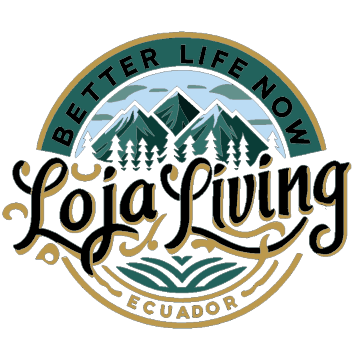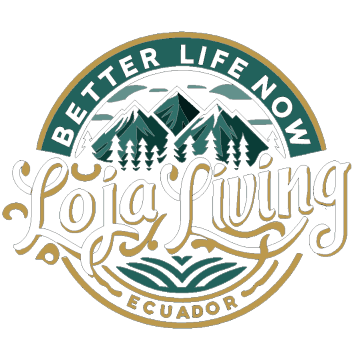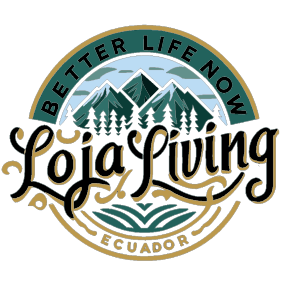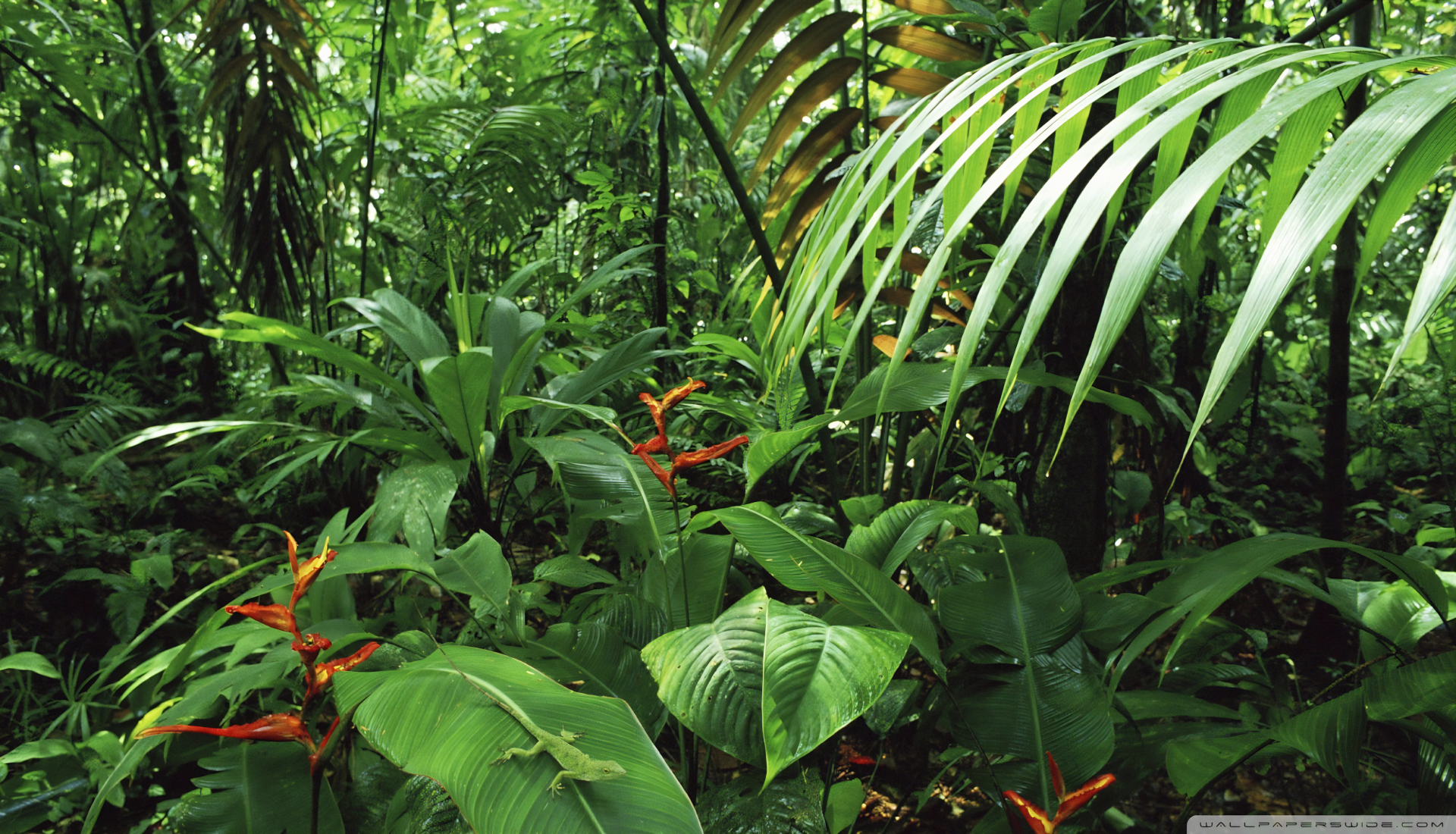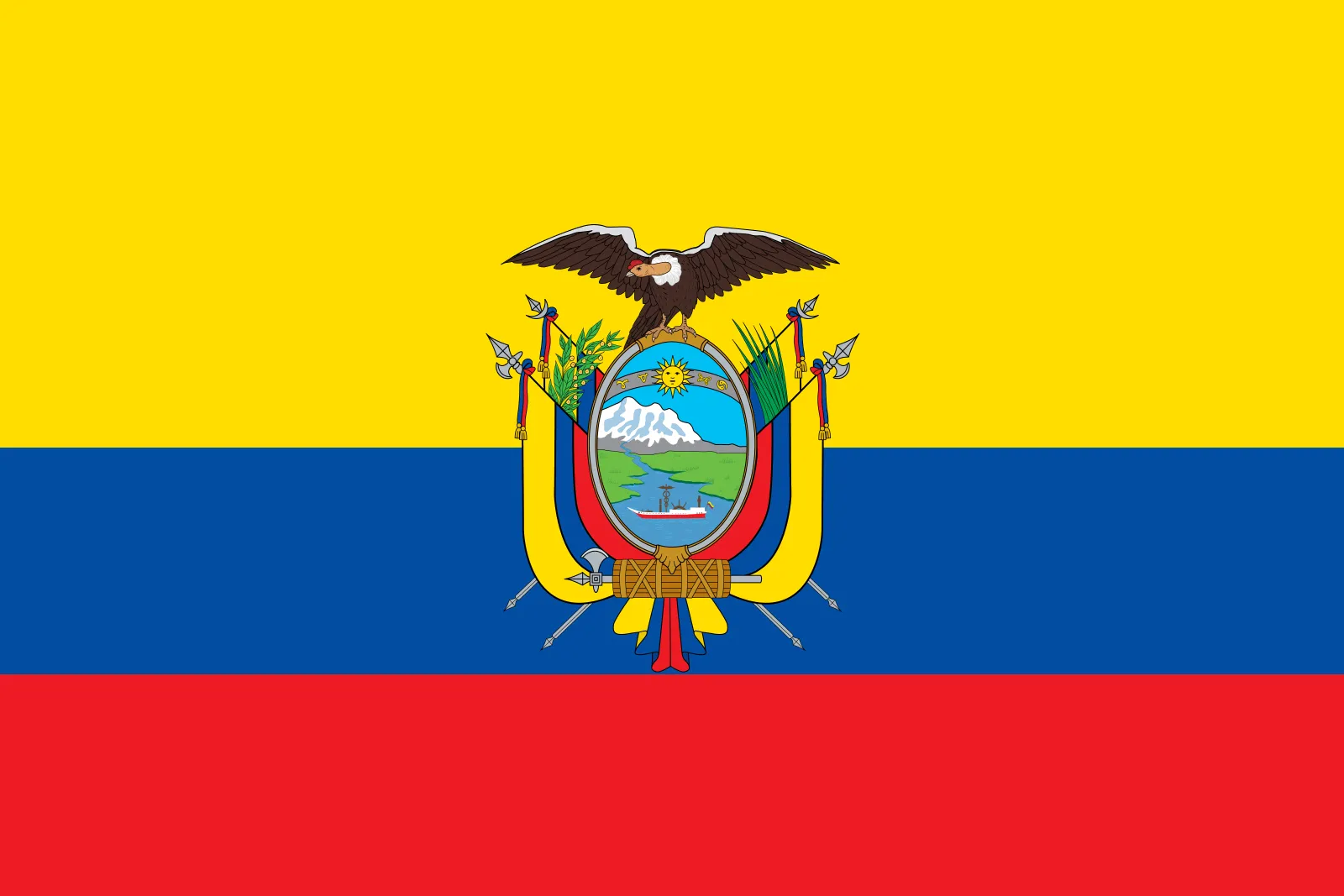Ecuador Unveiled
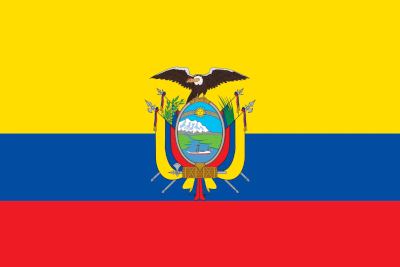
Overview
Ecuador’s climate is a tapestry woven from the intricate threads of its diverse geography. Stretching from the sun-kissed shores of the Pacific Ocean to the towering peaks of the Andes and the lush depths of the Amazon rainforest, Ecuador encompasses a remarkable range of ecosystems within its borders. Divided into four primary regions—the Andes, the Coast, the Amazon, and the Galápagos Islands—the country offers a mosaic of climatic experiences that captivate the senses and inspire awe. In the Andean highlands, jagged peaks pierce the sky, giving rise to a temperate climate marked by crisp mountain air and dramatic shifts in temperature. The coastal lowlands, kissed by the warm waters of the Pacific, bask in a tropical climate characterized by balmy temperatures and humid breezes. Meanwhile, the Amazon basin pulses with life beneath a canopy of emerald foliage, where a hot and humid climate fosters unparalleled biodiversity. And in the remote reaches of the Galápagos Islands, isolated from the mainland, a unique micro-climate thrives, shaped by the cool currents of the Humboldt and Cromwell currents, offering a sanctuary for endemic species found nowhere else on Earth. Each of these regions holds its own secrets, its own rhythms, and its own beauty, inviting exploration and discovery at every turn.
Andes Region
Climate: The Andes region, characterized by its high altitude, experiences a temperate climate with cooler temperatures. Weather conditions can vary significantly depending on elevation.
Weather: Temperatures range from chilly in the highlands to mild in the valleys. The rainy season typically runs from October to May.
Coastal Region
Climate: The coastal region enjoys a tropical climate with warm temperatures year-round. Humidity levels are higher, particularly during the rainy season.
Weather: Average temperatures range from warm to hot, with highs reaching the mid-80s to low 90s Fahrenheit. The rainy season occurs from December to May.
Amazon Region
Climate: The Amazon basin experiences a hot and humid tropical climate, with dense vegetation and heavy rainfall.
Weather: Temperatures are consistently warm throughout the year, ranging from the mid-70s to low 90s Fahrenheit. Rainfall is abundant, with frequent showers and occasional thunderstorms.
Galápagos Islands
Climate: The Galápagos Islands have a subtropical climate characterized by mild temperatures and minimal rainfall.
Weather: Temperatures range from the mid-60s to low 80s Fahrenheit year-round. The islands experience two main seasons: the warm and dry season from June to December and the hot and wet season from December to June.
Now, let’s delve into each province, its major cities, and notable statistics for expats.
Azuay Province
Climate: Andean highlands, temperate.
Major Cities: Cuenca (UNESCO World Heritage Site), Gualaceo, Paute.
Population: Cuenca’s population exceeds 600,000.
Elevation: Cuenca sits at an elevation of 2,550 meters (8,366 feet) above sea level.
Weather: Average temperatures range from 50°F to 70°F (10°C to 21°C).
Crime Statistics: Cuenca has relatively low crime rates compared to other cities in Ecuador, with petty theft being the most common crime reported.
Safety: Cuenca is considered one of the safest cities in Ecuador, with a strong police presence and community policing initiatives.
Economic Data: Cuenca has a diverse economy, with sectors such as tourism, manufacturing, and agriculture contributing to its GDP.
Attractions: Wander through Cuenca’s historic center, marvel at the breathtaking architecture of the New Cathedral, explore the nearby Cajas National Park for hiking and outdoor adventures, and visit the nearby town of Chordeleg known for its silver jewelry and handicrafts.
El Oro Province
Climate: Coastal, tropical.
Major Cities: Machala, Santa Rosa, Pasaje.
Population: Machala’s population exceeds 200,000.
Elevation: Machala sits at an elevation of approximately 5 meters (16 feet) above sea level.
Weather: Average temperatures range from 75°F to 85°F (24°C to 29°C).
Crime Statistics: Machala has moderate crime rates compared to other cities in Ecuador, with petty theft and robberies being common occurrences.
Safety: While efforts have been made to improve safety, Machala still faces challenges with crime. Travelers are advised to remain vigilant, especially in certain neighborhoods.
Economic Data: Machala is known as the “Banana Capital of the World,” with banana production being a major contributor to its economy. The city also has a growing tourism sector.
Attractions: Explore the Parque Histórico Santa Rosa, visit the Cerro de Santa Ana viewpoint for panoramic views of Machala, indulge in fresh seafood at the bustling Mercado Central, and take a day trip to the nearby Isla del Amor for snorkeling and beach relaxation.
Esmeraldas Province
Climate: Coastal, tropical.
Major Cities: Esmeraldas, Atacames, Rioverde.
Population: Esmeraldas’ population is around 150,000.
Elevation: Esmeraldas sits at an elevation of approximately 8 meters (26 feet) above sea level.
Weather: Average temperatures range from 75°F to 85°F (24°C to 29°C).
Crime Statistics: Esmeraldas has moderate crime rates compared to other cities in Ecuador, with petty theft and robberies being common occurrences.
Safety: While efforts have been made to improve safety, Esmeraldas still faces challenges with crime. Travelers are advised to remain vigilant, especially in certain neighborhoods.
Economic Data: Esmeraldas’ economy is driven by agriculture, fishing, and tourism.
Attractions: Enjoy the laid-back atmosphere of Atacames Beach, explore the mangrove forests of the Cayapas-Mataje Ecological Reserve, visit the Afro-Ecuadorian community of La Tola to learn about their traditions, and take a boat tour to the nearby Mache-Chindul Ecological Reserve for wildlife spotting.
Guayas Province
Climate: Coastal, tropical.
Major Cities: Guayaquil (largest city in Ecuador), Durán, Daule.
Population: Guayaquil’s population exceeds 2.5 million.
Elevation: Guayaquil sits at an elevation of approximately 4 meters (13 feet) above sea level.
Weather: Average temperatures range from 75°F to 90°F (24°C to 32°C).
Crime Statistics: Guayaquil has higher crime rates compared to other cities in Ecuador, with petty theft and robberies being common occurrences.
Safety: While efforts have been made to improve safety, Guayaquil still faces challenges with crime. Travelers are advised to remain vigilant, especially in certain neighborhoods.
Economic Data: Guayaquil is an economic powerhouse in Ecuador, with its port serving as a major hub for trade and commerce. The city also has a growing tourism industry.
Attractions: Explore the Malecón 2000 waterfront promenade, visit the Parque Histórico Guayaquil for a glimpse of Ecuador’s history, take a boat tour of the mangrove forests of Estero Salado, and visit the nearby Isla Santay for nature walks and birdwatching.
Imbabura Province
Climate: Andean highlands, temperate.
Major Cities: Ibarra, Otavalo, Cotacachi.
Population: Otavalo’s population is around 90,000.
Elevation: Otavalo sits at an elevation of 2,530 meters (8,300 feet) above sea level.
Weather: Average temperatures range from 45°F to 65°F (7°C to 18°C).
Crime Statistics: Otavalo has relatively low crime rates compared to other cities in Ecuador, with petty theft being the most common crime reported.
Safety: Otavalo is considered safe for travelers, with a strong sense of community and low levels of violent crime.
Economic Data: Otavalo’s economy is driven by tourism, agriculture, and handicraft production.
Attractions: Visit the bustling Otavalo Market for traditional textiles and handicrafts, explore the Peguche Waterfall and surrounding indigenous communities, hike up the Imbabura Volcano for panoramic views, and visit the nearby town of Cotacachi known for its leather goods and artisan workshops.
Loja Province
Climate: Andean highlands, temperate.
Major Cities: Loja (capital), Vilcabamba, Catamayo.
Population: Loja’s population exceeds 200,000.
Elevation: Loja sits at an elevation of approximately 2,060 meters (6,758 feet) above sea level.
Weather: Average temperatures range from 60°F to 70°F (15°C to 21°C).
Crime Statistics: Loja has relatively low crime rates compared to other cities in Ecuador, with petty theft being the most common crime reported.
Safety: Loja is considered safe for travelers, with a strong sense of community and low levels of violent crime.
Economic Data: Loja’s economy is driven by agriculture, commerce, and education, with the presence of universities and research institutions.
Attractions: Explore the historic center of Loja, visit the Podocarpus National Park for hiking and birdwatching, and immerse yourself in the vibrant music scene of the city known as the “Cradle of Musicians.”
Los Ríos Province
Climate: Coastal, tropical.
Major Cities: Babahoyo, Quevedo, Vinces.
Population: Babahoyo’s population exceeds 200,000.
Elevation: Babahoyo sits at an elevation of approximately 5 meters (16 feet) above sea level.
Weather: Average temperatures range from 75°F to 85°F (24°C to 29°C).
Crime Statistics: Babahoyo has moderate crime rates compared to other cities in Ecuador, with petty theft and robberies being common occurrences.
Safety: While efforts have been made to improve safety, Babahoyo still faces challenges with crime. Travelers are advised to remain vigilant, especially in certain neighborhoods.
Economic Data: Babahoyo’s economy is driven by agriculture, commerce, and manufacturing.
Attractions: Explore the bustling markets of Babahoyo, take a boat tour along the Babahoyo River, and visit the nearby Isla Santay for nature walks and birdwatching.
Manabí Province
Climate: Coastal, tropical.
Major Cities: Manta, Portoviejo, Jipijapa.
Population: Manta’s population exceeds 200,000.
Elevation: Manta sits at an elevation of approximately 15 meters (49 feet) above sea level.
Weather: Average temperatures range from 75°F to 85°F (24°C to 29°C).
Crime Statistics: Manta has moderate crime rates compared to other cities in Ecuador, with petty theft and robberies being common occurrences.
Safety: Manta is considered relatively safe for travelers, with efforts made to improve security in recent years.
Economic Data: Manta is a major port city with a thriving fishing industry and growing tourism sector.
Attractions: Relax on the pristine beaches of Manta, explore the Pacoche Wildlife Refuge, visit the nearby town of Montecristi known for its Panama hat weaving tradition, and take a boat tour to Isla de la Plata, known as the “Poor Man’s Galápagos,” for wildlife viewing.
Napo Province
Climate: Amazon, tropical.
Major Cities: Tena, Archidona, Misahuallí.
Population: Tena’s population exceeds 20,000.
Elevation: Tena sits at an elevation of approximately 500 meters (1,640 feet) above sea level.
Weather: Average temperatures range from 70°F to 80°F (21°C to 27°C).
Crime Statistics: Tena has relatively low crime rates compared to other cities in Ecuador, with petty theft being the most common crime reported.
Safety: Tena is considered safe for travelers, with a strong sense of community and low levels of violent crime.
Economic Data: Tena’s economy is driven by tourism, agriculture, and commerce.
Attractions: Explore the Napo River on a jungle tour, visit the nearby Misahuallí community for cultural experiences, and go whitewater rafting on the Jatunyacu River.
Pichincha Province
Climate: Andean highlands, temperate.
Major Cities: Quito (capital), Cayambe, Machachi.
Population: Quito’s population exceeds 2.7 million.
Elevation: Quito sits at an elevation of 2,850 meters (9,350 feet).
Weather: Average temperatures range from 50°F to 70°F (10°C to 21°C).
Crime Statistics: Quito has moderate crime rates compared to other cities in Ecuador, with petty theft being the most common crime reported.
Safety: While crime exists, Quito is considered relatively safe for travelers. It’s advisable to exercise caution, especially in crowded areas and at night.
Economic Data: Quito has a diverse economy, with sectors such as tourism, commerce, and manufacturing contributing to its GDP.
Attractions: Visit the historic Old Town of Quito, explore the Mitad del Mundo monument marking the equator, hike up the Pichincha Volcano for breathtaking views, and take a day trip to the cloud forest of Mindo for birdwatching and outdoor adventures.
Santa Elena Province
Climate: Coastal, tropical.
Major Cities: Santa Elena, Salinas, La Libertad.
Population: Santa Elena’s population exceeds 200,000.
Elevation: Santa Elena sits at an elevation of approximately 50 meters (164 feet) above sea level.
Weather: Average temperatures range from 75°F to 85°F (24°C to 29°C).
Crime Statistics: Santa Elena has moderate crime rates compared to other cities in Ecuador, with petty theft and robberies being common occurrences.
Safety: While efforts have been made to improve safety, Santa Elena still faces challenges with crime. Travelers are advised to remain vigilant, especially in certain neighborhoods.
Economic Data: Santa Elena’s economy is driven by tourism, agriculture, and fishing.
Attractions: Relax on the beautiful beaches of Salinas, explore the Chocolatera viewpoint for stunning coastal views, and visit the nearby Las Penas neighborhood for its colorful colonial architecture.
Santo Domingo de los Tsáchilas Province
Climate: Coastal, tropical.
Major Cities: Santo Domingo, La Concordia, Quevedo.
Population: Santo Domingo’s population exceeds 200,000.
Elevation: Santo Domingo sits at an elevation of approximately 550 meters (1,800 feet) above sea level.
Weather: Average temperatures range from 75°F to 85°F (24°C to 29°C).
Crime Statistics: Santo Domingo has moderate crime rates compared to other cities in Ecuador, with petty theft and robberies being common occurrences.
Safety: While efforts have been made to improve safety, Santo Domingo still faces challenges with crime. Travelers are advised to remain vigilant, especially in certain neighborhoods.
Economic Data: Santo Domingo’s economy is driven by agriculture, commerce, and manufacturing.
Attractions: Explore the vibrant markets of Santo Domingo, visit the nearby Mindo Cloud Forest for birdwatching and outdoor adventures, and take a day trip to the nearby Pululahua Geobotanical Reserve for hiking and stunning views.
Tungurahua Province
Climate: Andean highlands, temperate.
Major Cities: Ambato, Baños, Pelileo.
Population: Ambato’s population exceeds 500,000.
Elevation: Ambato sits at an elevation of 2,577 meters (8,455 feet) above sea level.
Weather: Average temperatures range from 55°F to 70°F (13°C to 21°C).
Crime Statistics: Ambato has moderate crime rates compared to other cities in Ecuador, with petty theft and robberies being common occurrences.
Safety: Ambato is considered relatively safe for travelers, with a strong police presence and community policing initiatives.
Economic Data: Ambato’s economy is driven by agriculture, commerce, and manufacturing.
Attractions: Discover the scenic beauty of Baños, soak in the thermal baths, hike to the breathtaking Pailón del Diablo waterfall, and go whitewater rafting on the Pastaza River. Visit the nearby town of Pelileo known for its textile industry and artisan markets.
Zamora-Chinchipe Province
Climate: Amazon, tropical.
Major Cities: Zamora, Yantzaza, Centinela del Cóndor.
Population: Zamora’s population exceeds 50,000.
Elevation: Zamora sits at an elevation of approximately 970 meters (3,180 feet) above sea level.
Weather: Average temperatures range from 70°F to 80°F (21°C to 27°C).
Crime Statistics: Zamora has relatively low crime rates compared to other cities in Ecuador, with petty theft being the most common crime reported.
Safety: Zamora is considered safe for travelers, with a strong sense of community and low levels of violent crime.
Economic Data: Zamora’s economy is driven by agriculture, mining, and ecotourism.
Attractions: Explore the lush forests of Zamora, visit the nearby Podocarpus National Park for hiking and wildlife viewing, and take a day trip to the nearby town of Vilcabamba known for its natural beauty and outdoor activities.
Conclusion
Ecuador, with its diverse provinces and vibrant cities, presents a captivating tapestry of experiences for travelers and expats alike. From the Andean highlands to the coastal plains and the lush Amazon rainforest, each region offers unique landscapes, climates, and cultural riches to explore. Whether you’re wandering through the colonial streets of Quito, relaxing on the sun-kissed beaches of Manta, or immersing yourself in the biodiversity of the Galápagos Islands, Ecuador never fails to enchant with its natural beauty and warm hospitality. Despite differences in elevation, climate, and economic activity, there’s a unifying thread of resilience and community spirit that runs through the heart of Ecuador. It’s a country where adventure awaits around every corner, where the rhythm of life is infused with passion and vitality, and where the warmth of its people leaves an indelible mark on your soul. So whether you’re seeking an escape from the ordinary or a place to call home, Ecuador beckons with open arms, ready to welcome you into its embrace.
